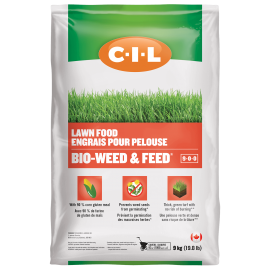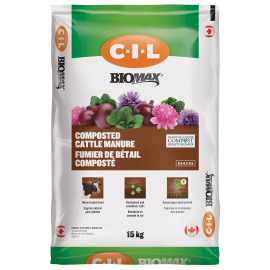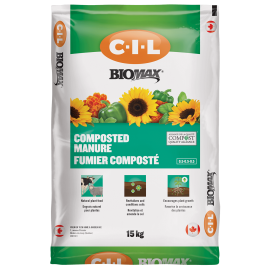Lawn Fertilizing 101

If you’re the proud owner of a brand new lawn, or if you haven’t been fertilizing your existing lawn, it’s time to learn the basics of lawn fertilizing.
Without regular feeding, your lawn will soon become tired, weak, and more susceptible to pests, disease, and weeds. Fertilizing pays off in a big way, and within days, you’ll notice your lawn looks healthier, thicker and greener.
Here is a quick and easy crash course on lawn fertilizing.
What does N-P-K mean?
- N stands for nitrogen, which grass requires in order to be lush and green. P is for phosphorus, which is needed in smaller quantities because your lawn is usually able to absorb adequate amounts from the soil. (Too much phosphorus is harmful for the environment). K indicates the level of potassium, which helps grass take up water and strengthens the roots during extreme weather.
- Although various products are available, many homeowners prefer a product with an NPK ratio like 33-0-3, which means the product contains 33 percent nitrogen, no phosphorus, and 3 percent potassium.
When to fertilize your lawn?
- In general, your lawn should be fertilized in spring and late summer or fall. However, a lawn stressed by frequent foot traffic, pets, or kids may benefit from one or two extra feedings.
How to apply?
- Apply fertilizer with a hand-held or push spreader. Don’t attempt to scatter lawn food by hand.
- Always water before and after feeding, as applying fertilizer to dry soil can scorch the roots and even kill the lawn.
- Don’t feed your lawn if it’s brown or wilted due to lack of moisture. Water well, then apply fertilizer when the grass has rebounded.
- Follow the package recommendations carefully and avoid overfeeding. When it comes to fertilizer, more is not better.
What type of fertilizer to use
- Most homeowners use granular fertilizer, which is affordable and easy to apply. However, spray fertilizers are also available.
- A bio weed product with a ratio such as 9-0-0 is beneficial if the lawn is overcome by weeds. Follow the directions carefully, especially in regard to watering.





